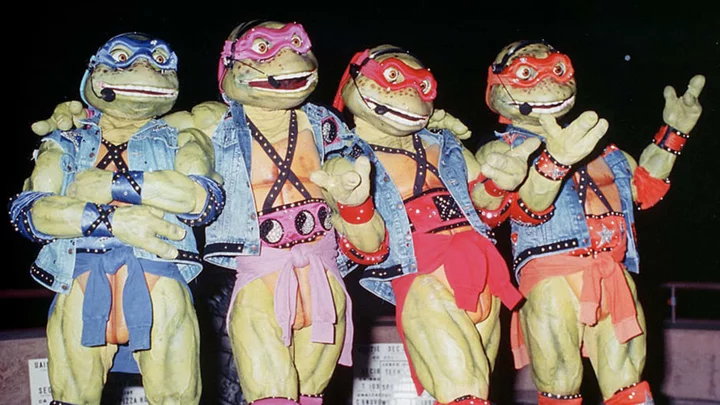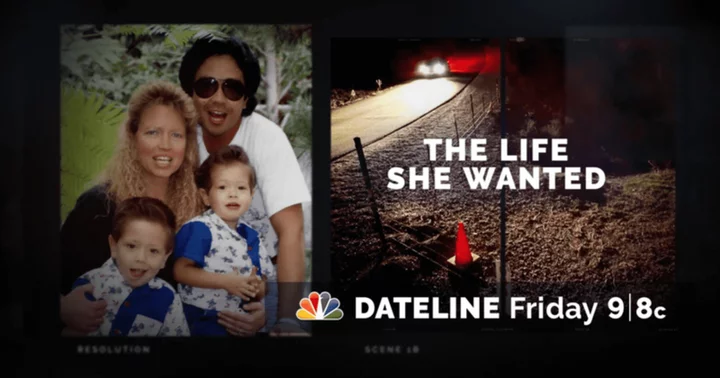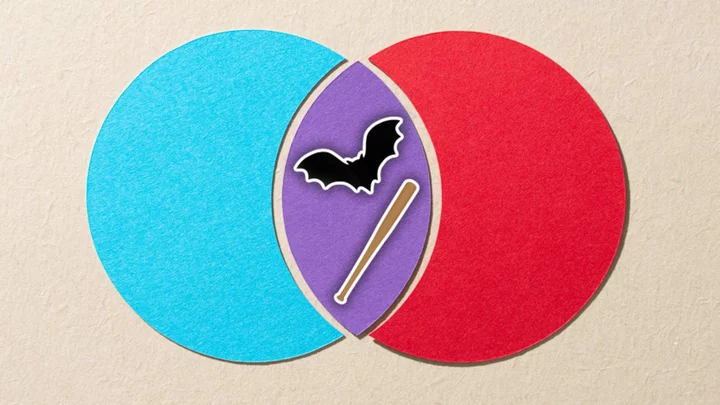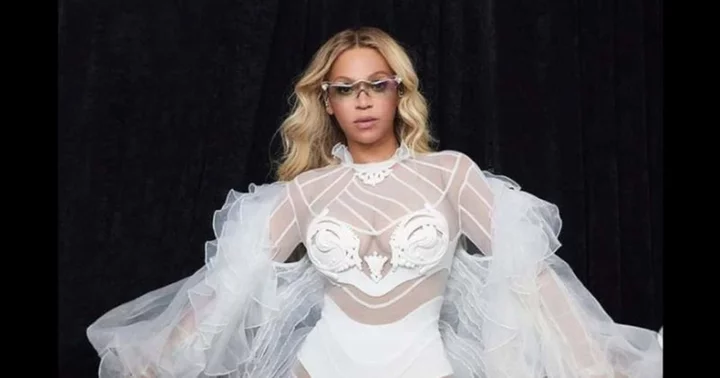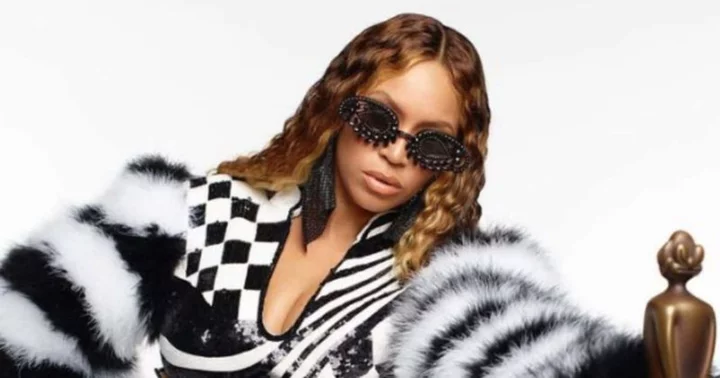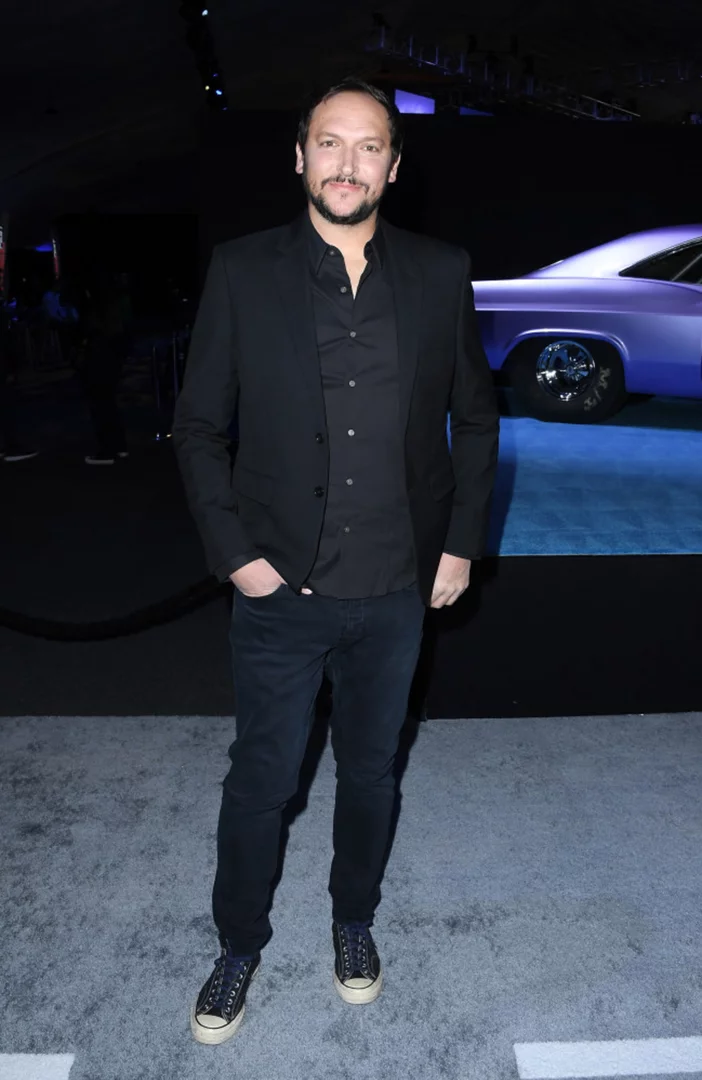Radio City Music Hall in New York City has played host to some legendary performing acts over the years, from the iconic Rockettes to Mariah Carey to Pink Floyd. But Radio City’s audience was completely enraptured on September 26, 1990, when four animatronic turtles stepped on stage to awkwardly pluck at instruments and lip-sync to tracks like “Pizza Power.”
The Teenage Mutant Ninja Turtles were starting the first leg of the “Coming Out of Their Shells” tour, and soon the world would experience a concert spectacle that was the Taylor Swift phenomenon of its time: watching a man in a Turtle costume trying to play a saxophone.
Shell and Back
The Turtles were the product of comic book creators Kevin Eastman and Peter Laird, who in 1983 decided to parody the overwrought and afflicted heroes of the genre by conceiving of four anthropomorphic turtles named after Renaissance artists: Donatello, Raphael, Leonardo, and Michelangelo. They loved pizza. They grew large after being exposed to radioactive ooze and became accomplished martial artists thanks to lessons from master Splinter (a mutated rat who was also exposed to the ooze). And once their animated series, action figures, and live-action 1990 feature film hit, they became a pop culture phenomenon. What adults found virtually indecipherable—wisecracking ninja turtles—kids found irresistible.
The Turtles were also spawned at a time in the zeitgeist when live stage shows aimed at children were doing big business. Ice Capades, Sesame Street Live, and more toured the country on the premise that kids could get a glimpse of their favorite characters in the flesh—or at least in a rubber costume sported by performers.
The trend did not go unnoticed by Bob Bejan and Godfrey Nelson, a songwriting duo who believed the Turtles had potential as a stage attraction. The two wrote some songs, developed a premise, and then cold-called Eastman and Laird to pitch them on the idea a full two months before the first TMNT feature film debuted. “Bob and I drove up there and told them the concept we had and played them the songs and they said, ‘Wow, this is great. Let’s do it,’” Nelson told GameSpot in 2020.
With partner Steven Leber, a former manager for Aerosmith, the production secured a sponsorship deal with Pizza Hut worth a staggering $29 million—$9 million for production, and $20 million in marketing, or about $68 million total today. In exchange, Pizza Hut would get 3 million copies of the show’s album to peddle in its restaurants. (If there was any awkwardness as a result of rival Domino’s Pizza being plugged in the movie, it went unmentioned.)
A full track list was completed, with Bejan doing the voice for Michelangelo and Nelson as the Turtles’ mentor, Splinter. But the key would be the stage show. And to mount that effectively, the pair believed, they would have to take the same approach that Jim Henson took with his Muppets. They would have to treat the Turtles as being totally real.
Entertainment Weekly profiled the touring Turtles in the fall of 1990, and the outlet was given strict instructions by the quartet’s publicist. “They are not actors dressed in costumes,” she cautioned. “They are the Ninja Turtles, and they’ve learned to play rock ‘n roll.” When the writer was dispatched to interview “Michelangelo,” the turtle would be spoken to as though he were a serious musician.
“So when you talk to Michelangelo, talk to him as Michelangelo,” the spokesperson continued. “Say, ‘Hey, dude, how’d you come up with the sets and costumes?”
Often, Raphael was the designated Turtle for print interviews. “Cowabunga, babe,” he said to one journalist via telephone. “What’s happening?” He went on to insist the show’s music was performed live, unless the Turtles were dancing. He also defended their questionable aptitude with instruments.
“We’ve only got three fingers,” he said.
Turtle Power
This suspension of disbelief was intended to survive through a 40-city (sometimes referred to as a “40-sewer”) tour, though fans would be challenged by it. For one thing, the foursome would appear without their trademark shells—the heavy costume had prompted two performers to faint during rehearsals, necessitating its removal. And while the pre-recorded tracks played, the Turtles’ mouths would sometimes be out of sync, or not move at all. Ditto their instruments, which were unworkable props.
The show’s plot was somewhat pedestrian. The Turtles want to rock; their archnemesis, Shredder, wants to destroy music, a sentiment he somewhat contradictorily expresses by rapping. There’s some mild violence—the Turtles were known for using their martial arts to fight the Shredder and the Foot Clan, after all—but both sides mostly express their opinions via melody.
The conflict was a formidable thing to mount live. It took seven trucks’ worth of equipment and up to 14 hours to set up at each stop.
As with many shows aimed at kids, producers encouraged the audience to participate. “Right from the minute kids walk in, they’re involved with the show,” Bejan told The Tampa Bay Times in 1990. “It just builds from there until the end when the audience leads the comeback attack against Shredder, who has taken over the stage.”
While all this seemed intolerable from the point of view of an adult, reviews were generous. The Chicago Tribune called the show “absurdly amusing” and the Turtles “the world’s first reptilian air band.” The Tampa Bay Times declared it a “treat for anyone with an open mind for clean entertainment.” The Miami Herald declared it “bodacious.” Others applauded the Turtles for an anti-drug song, “Walk Straight.”
The “Coming Out of Their Shells” tour got as much mileage as one would think possible. A VHS making-of tape was released; a pay-per-view was offered for those unable to make a live tour date. The show went to Europe and even had a second lap, the “Getting Down in Your Town” tour. At each stop, frenetic children could stock up on Turtles merchandise. By October 1990, 2 million Pizza Hut albums had been sold.
Turtle mania has waxed and waned over time. Periodic feature film and animation revivals keep the brand alive. But no one has attempted a new live Turtles show, and the production went largely forgotten until 2020, when toy company NECA released the ultimate tribute: a series of figures modeled after the Turtles as they appeared on the tour, sparkly denim vests and all.
This article was originally published on www.mentalfloss.com as When the Teenage Mutant Ninja Turtles Went On a Live Concert Tour.

